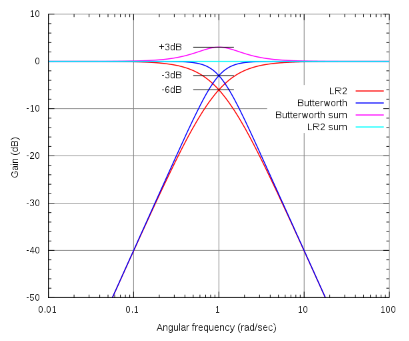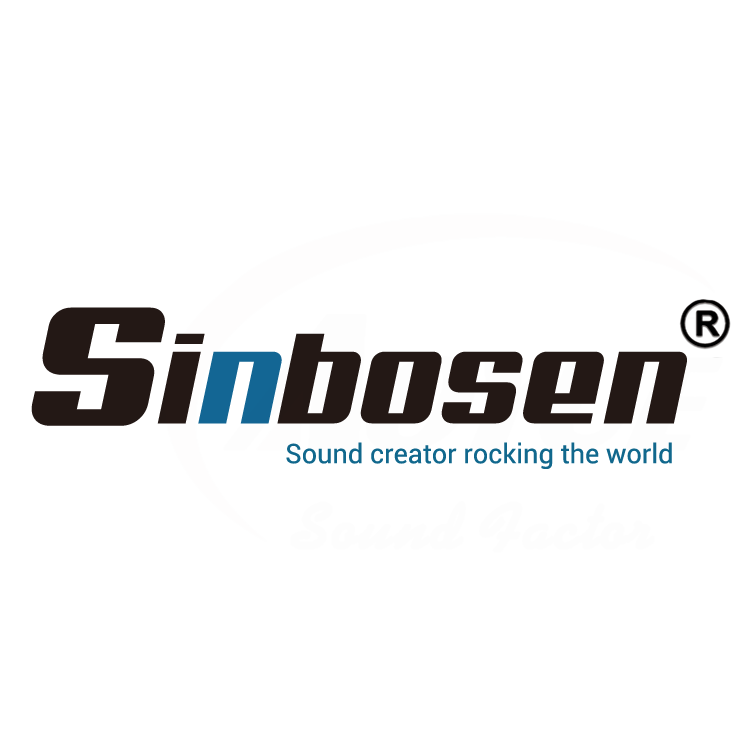What do I need to consider when configuring an audio processor?
Views : 9324
Update time : 2023-10-05 19:13:10
When choosing a digital audio processor, in addition to considering the number of input and output channels, it is also necessary to consider the construction of a sound reinforcement system for the intended use. The use of linear array speakers is mainly for large-scale mobile performances, as well as large indoor venues such as sports venues and multifunctional halls, where the sound systems are often relatively large and complex. So the requirements for audio processors are also relatively high.
Secondly, we need to consider the functionality and performance of the audio processor
1. Sampling rate

Common ones include 48Khz, 96Khz, 192KHz, etc. The higher the high-end processor, the higher the sampling rate.
The working principle of a digital audio processor can be simply summarized as converting analog audio signals into digital signals, processing the digital signals, and finally converting the digital signals into analog audio signals for output.
The principle of analog-to-digital conversion is to sample analog signals at certain time intervals and convert the sampled values into digital signals. The shorter the sampling time interval, the closer the converted digital signal is to the original analog signal.
For example, the sampling rate of a digital audio processor is 44.1kHz, which means that an analog signal is sampled 44100 times per second.
2. Arithmetic processor
Common DSP operations include 32-bit and 64-bit

3. Digital to analog conversion chip: AD/DA chip

The higher the performance indicators, the better the speaker processor parameters. Simply choose the one that is suitable for the project system construction.
The output signal quality of a digital audio processor depends on the quality of the digital-to-analog converter. High-quality digital-to-analog converters can output more realistic and clear audio signals.
4. Delay function
5. Filter types: There are three commonly used types.
The function of the filtering circuit is to minimize the AC component in the pulsating DC voltage and retain its DC component as much as possible,
Reduce the ripple coefficient of the output voltage and make the waveform smoother.
6. Number of EQ segments
More is better, choosing more is always right.
7. Dynamic equalization and FIR/IIR filters, which are not essential functions, would be even better if they were present.
8. Compressor and limiter
This is a mandatory feature.
9. PC debugging communication
Choose to support 485 and USB cascading, preferably Wi-Fi wireless cascading. In large system debugging, you can freely debug in any corner.
10. AutoSave
Equipped with automatic saving for power outages and disconnection to avoid unnecessary restarting during the debugging process.
►RELATED PRODUCTS
Secondly, we need to consider the functionality and performance of the audio processor
1. Sampling rate

Common ones include 48Khz, 96Khz, 192KHz, etc. The higher the high-end processor, the higher the sampling rate.
The working principle of a digital audio processor can be simply summarized as converting analog audio signals into digital signals, processing the digital signals, and finally converting the digital signals into analog audio signals for output.
The principle of analog-to-digital conversion is to sample analog signals at certain time intervals and convert the sampled values into digital signals. The shorter the sampling time interval, the closer the converted digital signal is to the original analog signal.
For example, the sampling rate of a digital audio processor is 44.1kHz, which means that an analog signal is sampled 44100 times per second.
2. Arithmetic processor
Common DSP operations include 32-bit and 64-bit

3. Digital to analog conversion chip: AD/DA chip

The higher the performance indicators, the better the speaker processor parameters. Simply choose the one that is suitable for the project system construction.
The output signal quality of a digital audio processor depends on the quality of the digital-to-analog converter. High-quality digital-to-analog converters can output more realistic and clear audio signals.
4. Delay function
 |
The longer the delay time of each input/output channel, the better. For example, with a delay of only 10ms, the adjustable range is too small and can only be used in ultra-small systems. |
5. Filter types: There are three commonly used types.
The function of the filtering circuit is to minimize the AC component in the pulsating DC voltage and retain its DC component as much as possible,
Reduce the ripple coefficient of the output voltage and make the waveform smoother.
 |
 |
 |
| Butterworth filter | Linkwitz-Riley | Bessel |
6. Number of EQ segments
More is better, choosing more is always right.
7. Dynamic equalization and FIR/IIR filters, which are not essential functions, would be even better if they were present.
8. Compressor and limiter
This is a mandatory feature.
9. PC debugging communication
Choose to support 485 and USB cascading, preferably Wi-Fi wireless cascading. In large system debugging, you can freely debug in any corner.
10. AutoSave
Equipped with automatic saving for power outages and disconnection to avoid unnecessary restarting during the debugging process.
►RELATED PRODUCTS
 |
 |
 |
 |
 |
| D-260 | PA2 | AD48 | DP448 | V-360 |








